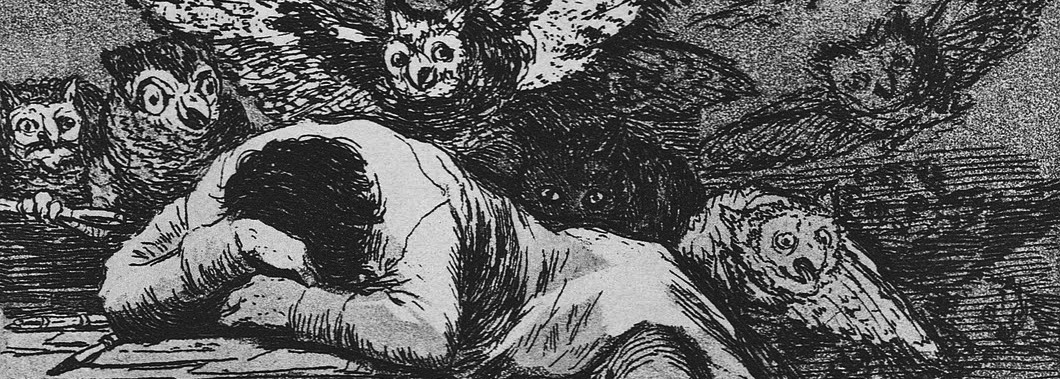It is not always entirely clear who (if anyone) or what is the tragic hero(ine) in Sophocles’s Antigone, or what exactly is the nature of their tragedy. One might have thought that the tragic figure was the eponymous Antigone herself, but the Chorus suggests otherwise. Their focus, at least as the play ends, is rather on her uncle, King Kreon, who likewise seems to feels the burden of tragedy lies mainly on himself: “No, no! / I’m rising on horror, and horror flies. / Why don’t you hack me down? / Has someone a sword? / I and grief are blended. I am grief” (71). And as for the cause of his downfall, the Chorus has already proposed that “Kreon has shown that there is no greater evil / than men’s failure to consult and to consider” (69). Hence perhaps their conclusion, that “For their grand schemes or bold words / the proud pay with great wounds” (72).
And yet Kreon shows little of the complexity and ambiguity that we associate with the tragic hero. For modern audiences especially (but not only), the focus of the play is surely throughout on Antigone, torn between the edicts of the state and the responsibilities of kinship. She is, on the whole, a far more sympathetic figure, even if–or perhaps because–we recognize from the start (as she certainly does) that her principled stand is bound to lead to her destruction. She sacrifices herself for the sake of loyalty to her dead brother, whose corpse Kreon has declared should remain unburied because he died fighting against his own city. But though it may just be true that the Chorus’s final lines are directed at her, too, it is surely a harsh judgment to blame her for “grand schemes or bold words” or to accuse her above all of pride. Or rather, though she has indeed spoken boldly and refused to renounce her pride in familial identification with her kin, to pinpoint these sins seems to miss the mark or misjudge the tone of all that has gone before. We may justifiably feel that the Chorus perhaps hasn’t really understood Antigone, even by the play’s close. Which leaves us with a curious sense of irresolution at the end.
One response to this problem is to point out how wrong, perhaps in this play above all, is the common notion that the audience is expected to identify with the Greek tragic Chorus. For in Antigone there is from the outset something discordant and misguided about their pronouncements. That sense that they are somehow out of tune and don’t really understand is palpable at the time, and not merely in hindsight. Indeed, unlike Oedipus the King, this is not a play about hindsight at all–at least not for Antigone herself. She knows exactly what she is getting into, and we do, too, when she declares to her sister, Ismene: “Leave me alone, with my hopeless scheme; / I’m ready to suffer for it and to die” (25). Kreon may not anticipate the results of his ill-thought edict (and so for him it is perhaps a tragedy of hindsight), and the Chorus may be likewise blind to what is coming, but for the rest of us this is a play that holds few if any surprises. We see a woman march, with open eyes, towards her fate. To put this another way, we could say that this is not a play about hegemony. At least, it has to be admitted that Antigone is outside of any hegemonic relation; this is what constitutes her subalternity.
But is then Antigone in fact a tragedy of hegemony by default? It is Kreon’s tragedy precisely that he thinks he can institute a hegemonic pact with his citizens? And perhaps the Chorus’s tragedy that they think so, too… and indeed continue to think so to the last, never less than in their conviction that the moral of the story is that rulers should rule with more consultation. Here, then, is perhaps the source of our distance from the Chorus, our strange sense that their discourse has little purchase on the actions we see unfold before us, little relation to the speeches that other characters make–and that this is the case right from the start and on beyond the play’s closing lines. The tragedy of hegemony is its irrelevance, the way in which it (here, literally) misses the plot and continues to do so.


